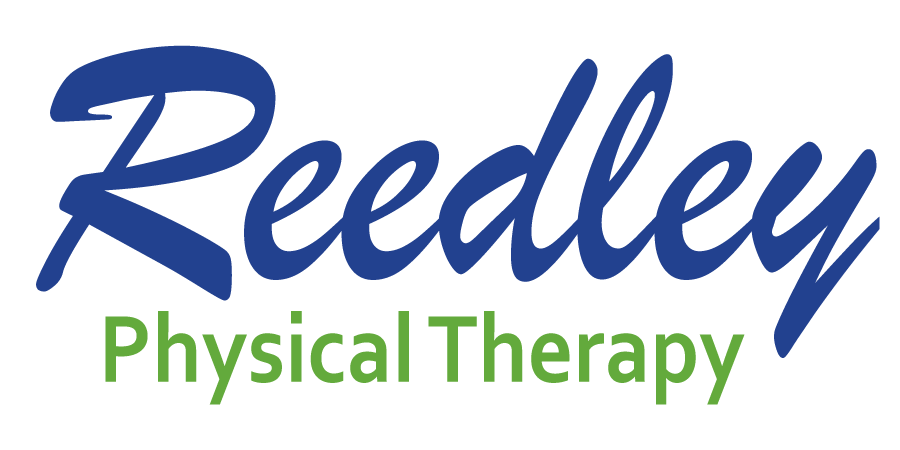Movement is Medicine: How Do You Roll?
Rolling is a fundamental movement milestone that we achieve around 6 months of age. It is a crucial moment in our progression of movements that signifies progress in our neurological and musculoskeletal development. Missing milestones has been linked to movement and/or learning disabilities later in life.
Over the last few weeks I have observed many patients in the clinic having a difficult time rolling from their back to their sides or to their stomach. Why have they lost such a fundamental movement pattern that was so important and essential? It would seem that we would progress in our movements as we age versus lose them. It is true that some initial reflexes we have as babies become integrated and disappear, however, rolling is a fundamental movement that we use throughout life.
Before we learned to sit we learned to roll. Babies begin moving from their inner core muscles, the stabilizing muscles of the trunk. These muscles are necessary in order to prepare us to work against gravity – we must first have trunk and core strength before we can progress to sitting upright, let alone stand.
So why do we seem to lose the ability to roll as we age? Here are some thoughts.
Around age 7 most of us begin to stop exploring our environment and schools confine us to learning from chairs. As we progress through high school, college, and our careers we spend less and less time interacting with and moving in our environment. We become very proficient at sitting and working. Then at the end of the day we are tired so our idea of relaxing is typically to kick back on the couch. Ultimately this inactivity over time does not challenge our small stabilizing trunk muscles and they begin to weaken. Movement dysfunctions initially are usually a problem with sequencing and stabilization versus a deficiency in strength. Both sequencing problems and weakness can potentially lead to all sorts of musculoskeletal pain and dysfunction.
So how does rolling affect everyday movements?
The movement of rolling requires our body to perform weight shifting, reaching across the center of our body, and coordinated movements of our arms and legs with our trunk or core. Rolling also affects our ability to sequence movement from our upper body to our lower body and our lower body to our upper body. Rolling requires our receptors to send information to the brain so the brain can sequence the movement.
Rolling is also a simple pattern of movement. Our brain organizes and combines simple patterns to form more complex movements. Going back and working on simple patterns helps to build fundamental complex movements.
Here’s how to assess how well you roll:
- Rolling from back to stomach using only your arm: Lie on your back with your legs out straight and arms over your head resting on the floor. Reach your right arm across your body turning your head to the left. Continue reaching and turning only using your arm and head to roll to your left. No pushing with your legs or any other part of your body. If you are not pushing you should feel like once you get onto your side you just flop onto your stomach. Turn over and try rolling the other direction using only your left arm.
Try it again this time only use your leg to roll you.
Now lets look at rolling from stomach to back:
- Rolling from your stomach to your back: Lie on your stomach with your legs out straight and your arms overhead. Reach your right arm up and back and turn your head to the right. Keep reaching and turning until you roll onto your back. Again if you only use your arm you should flop onto your back. Repeat with the left arm and then try with each leg.
How easy or hard was it to roll over? Could you do it? Was one side easier than the other? Was it easier to roll using starting the movement with your arm or your leg? Was it easier to roll from stomach to back or back to stomach?
So the good news is that you can recapture this fundamental movement just by practicing. If you had trouble getting the roll started place a pillow or a cushion under your side so that you don’t have to start from flat. Progress to smaller and smaller support until you can roll from a flat position. If you have a weaker direction practice more rolling in that direction. I think you will be surprised how hard your trunk/core muscles have to work to roll. Don’t forget to integrate rolling into your workouts 3 days a week to keep this fundamental movement in your repertoire.
Learn more about movement, fitness and health in this space each week or by visiting www.alliancehealthfresno.com, or calling 478-5833. Dr. Maria Fermoile is a doctor of physical therapy at Alliance Health in Fresno. She will be happy to answer questions submitted to maria@reedleyphysicaltherapy.com.


